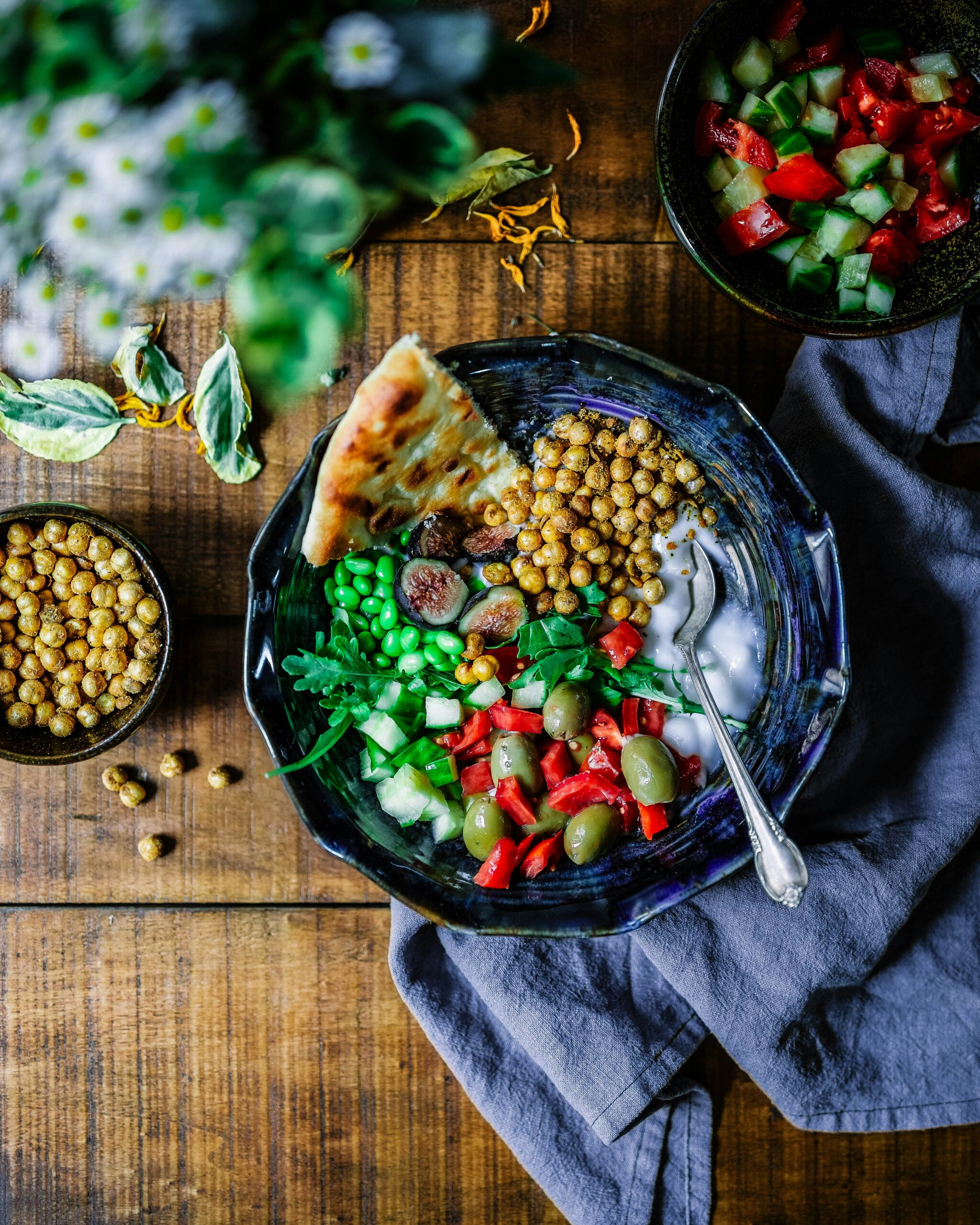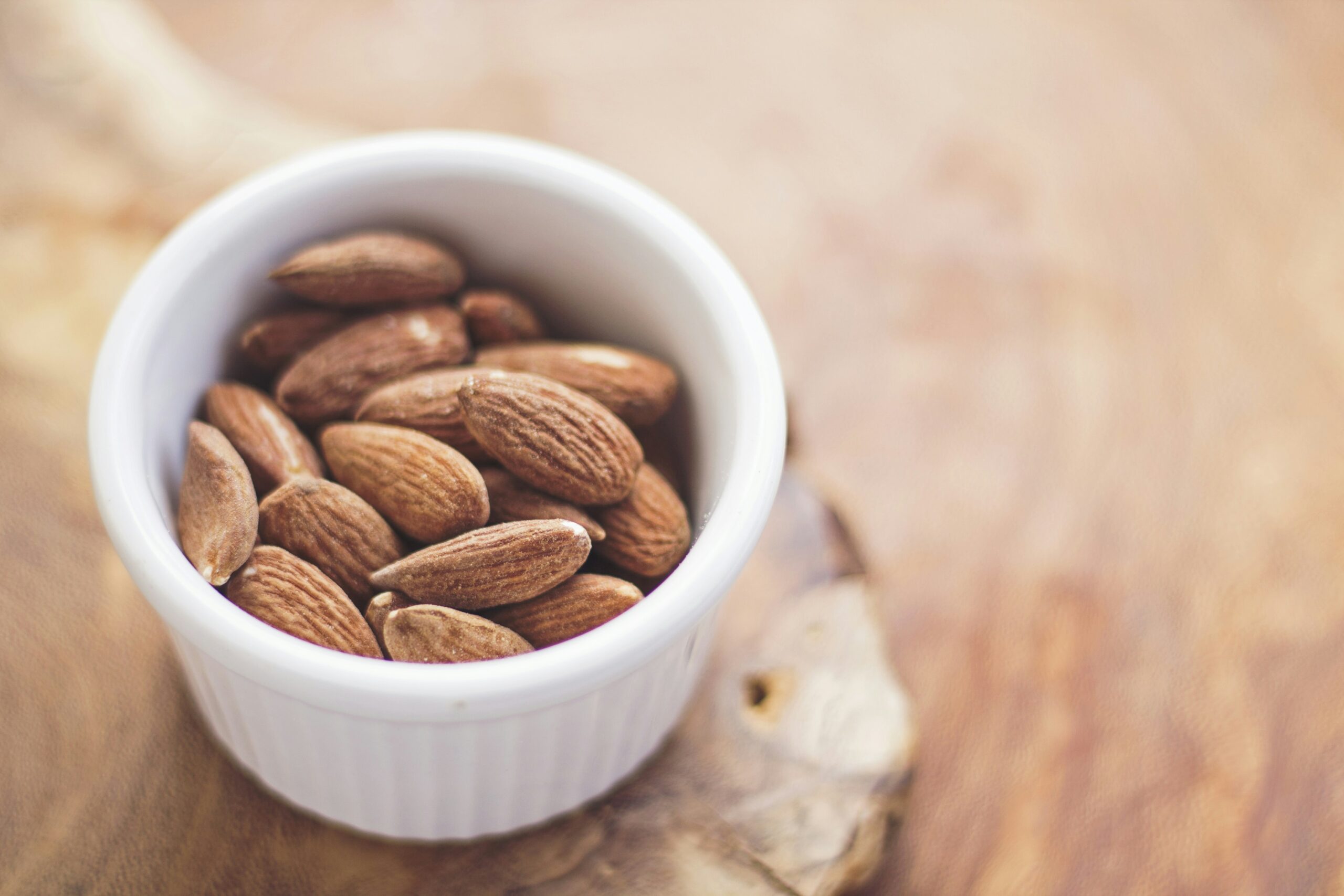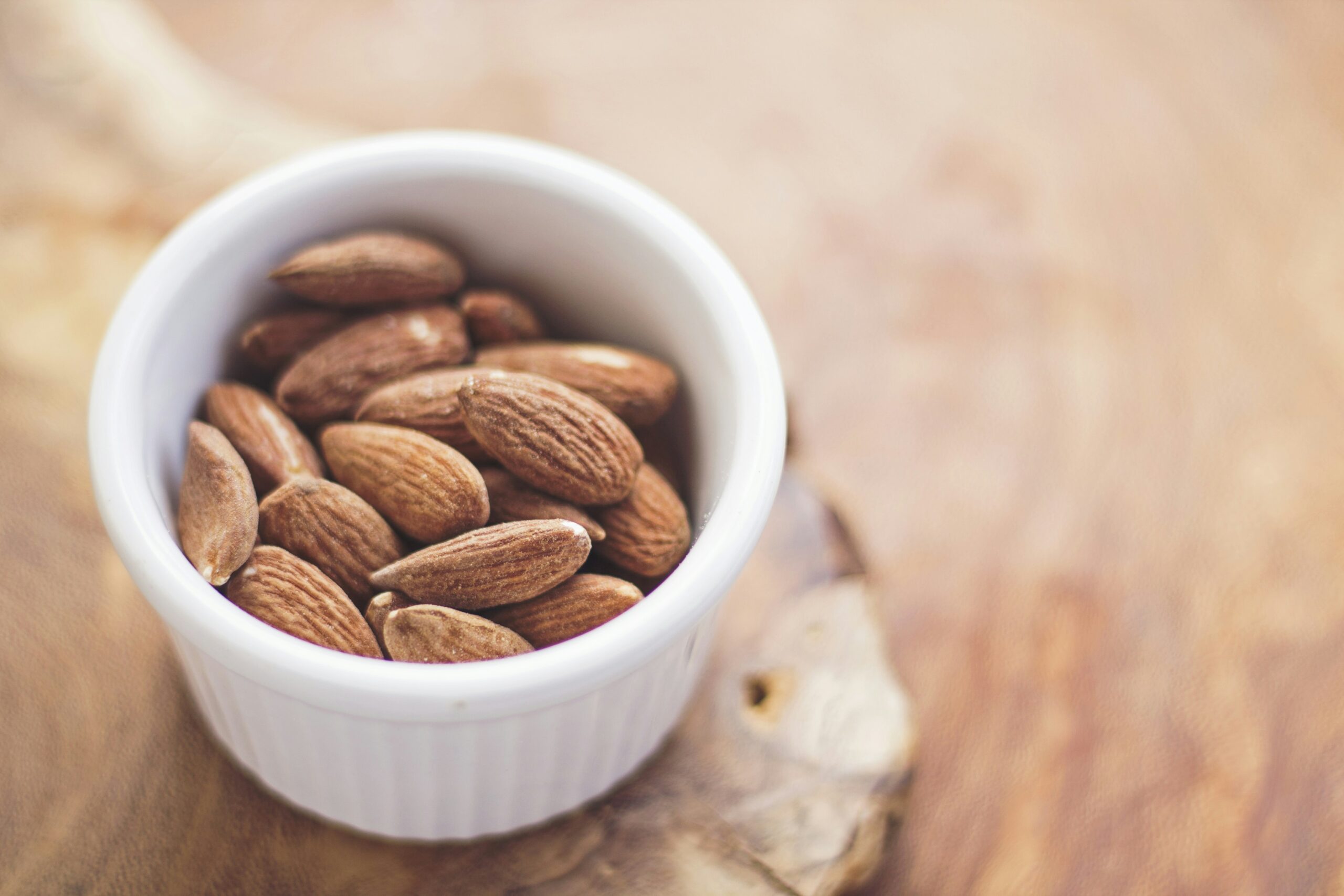In today’s fast-paced world, where quick videos and instant ready-to-eat meals dominate our screens and our dinner tables, we often overlook the importance of reading recipes. However, taking the time to read a recipe can unlock a whole new world of culinary creativity and ensure the success of your dishes. Whether you’re a seasoned chef or a novice cook, understanding the ingredients, measurements, and cooking techniques outlined in a recipe can make all the difference between a mouthwatering masterpiece and a kitchen catastrophe. So, let’s explore the reasons why reading recipes is an essential skill for every aspiring home cook.
Understanding the Importance of Ingredients
Gaining an appreciation for the role each ingredient plays
When it comes to cooking, understanding the importance of ingredients is crucial. Each ingredient serves a specific purpose in a recipe, and gaining an appreciation for their role can greatly enhance your culinary skills. By familiarizing yourself with the characteristics and flavors of different ingredients, you can make more informed choices in the kitchen and create dishes that are well-balanced and flavorful.
For example, when making a soup, the main ingredients like vegetables, proteins, and spices all work together to create depth and complexity in the final dish. By understanding how each ingredient contributes to the overall flavor profile, you can adjust the quantities or swap out certain ingredients to suit your preferences or dietary restrictions.
Learning how different ingredients interact
Ingredients in a recipe often interact with one another in unique ways, and understanding these interactions can make a significant difference in the outcome of your dish. For instance, in baking, understanding the science behind ingredients like flour, butter, and eggs can help you achieve the perfect texture and rise in your baked goods.
Moreover, certain ingredients have the ability to enhance or mask flavors. For example, using a hint of acid like lemon juice or vinegar can brighten the flavors of a dish, while sugar can balance out the acidity and add sweetness. By understanding these interactions, you can make adjustments and substitutions confidently to achieve the desired taste and texture in your cooking.
Anticipating substitutions or omissions
Sometimes, you may find yourself missing a specific ingredient or needing to accommodate dietary restrictions or preferences. In such situations, understanding the importance of ingredients can help you anticipate suitable substitutions or omissions.
For instance, if a recipe calls for buttermilk and you don’t have any on hand, you can make a suitable substitute by combining milk with lemon juice or vinegar. By knowing the purpose and characteristics of the original ingredient, you can find alternatives that will still achieve a similar result in your dish.
Grasping Cooking Techniques and Terms
Expanding your culinary vocabulary
As with any skill, learning to cook involves expanding your knowledge and vocabulary. By familiarizing yourself with different cooking techniques and terms, you can better understand recipes and communicate effectively with other cooks. This culinary vocabulary opens up a world of recipe possibilities, providing you with the ability to try new dishes and experiment with various cooking methods.
Learning terms like “braising,” “sautéing,” and “deglazing” can help you understand specific steps and methods used in recipes. This expanded culinary vocabulary allows you to decipher recipe instructions more easily and confidently, making you a more versatile and knowledgeable cook.
Mastering new cooking methods
Understanding cooking techniques is essential for achieving great results in the kitchen. Each cooking method, whether it’s boiling, grilling, or roasting, has its own unique set of principles and considerations. By grasping these methods, you can apply them appropriately to different recipes, ensuring that your food is cooked to perfection.
For example, knowing the difference between frying and deep frying can help you make an informed decision when a recipe calls for one or the other. Mastering various cooking methods empowers you to experiment and adapt recipes to suit your tastes and dietary needs.
Translating unfamiliar cooking terms
Recipes can sometimes use unfamiliar or foreign cooking terms, which can leave you feeling confused and overwhelmed. However, by expanding your culinary knowledge and understanding, you can easily translate these unfamiliar terms and broaden your range of recipes.
For instance, if a recipe calls for “julienne” or “chiffonade” cuts, understanding these terms allows you to prepare ingredients in the correct manner. By familiarizing yourself with different techniques and terms, you can confidently tackle any recipe that comes your way.

Planning and Time Management
Getting a sense of preparation and cooking time
One of the essential aspects of cooking is understanding the time required for preparation and cooking. By reading recipes thoroughly, you can get a sense of the steps involved and estimate how long it will take to prepare and cook the dish.
This knowledge helps you plan your meals better and ensures that you allocate enough time for each step. Understanding the time commitment involved also prevents you from rushing through the cooking process, allowing you to enjoy the experience and produce better results.
Scheduling multiple recipes
For those who like to meal prep or cook multiple recipes at once, reading recipes becomes even more crucial. By carefully reviewing each recipe’s steps, you can efficiently plan and schedule your cooking sessions. This helps you make the most of your time in the kitchen and ensures that all your dishes are ready at the right moment.
Additionally, understanding the interplay between recipes can help you plan ahead and multitask effectively. For example, while one dish is simmering, you can use that time to prep ingredients for another recipe, maximizing efficiency in the kitchen.
Realizing when to start and finish each step
Knowing when to start and finish each step is vital in the cooking process. Reading recipes allows you to understand the order in which ingredients need to be prepared and added, ensuring that everything comes together seamlessly.
By following recipes carefully, you can avoid overcooking or undercooking ingredients and achieve perfectly timed results. This attention to detail enhances the overall taste and presentation of your dishes, leaving you with a satisfying culinary experience.
Understanding Nutrition
Learning about the nutritional content of ingredients
Understanding the nutritional content of ingredients is essential for making informed dietary choices. By reading recipes and becoming familiar with the nutritional profiles of different ingredients, you can create meals that align with your personal health and wellness goals.
For example, if you are looking to increase your protein intake, reading recipes can help you identify dishes that are rich in lean proteins like chicken or tofu. If you are aiming for a lower-calorie meal, understanding the nutritional content can guide you in choosing lighter ingredients or adjusting portion sizes accordingly.
Making informed dietary choices
In today’s world, where dietary preferences and restrictions are common, being able to make informed choices is crucial. Reading recipes can help you identify dishes that align with specific dietary needs, such as vegetarian, vegan, gluten-free, or dairy-free.
By understanding the ingredients and techniques used in a recipe, you can make adjustments or substitutions that ensure the dish meets your dietary requirements. This knowledge empowers you to cook for yourself and others in a way that supports overall health and wellbeing.
Discovering healthy swaps and adjustments
Reading recipes can also introduce you to healthy swaps and adjustments that can enhance the nutritional value of a dish. By understanding the roles that different ingredients play, you can find alternatives that offer similar flavors and textures while reducing added sugars, unhealthy fats, or sodium.
For example, you can replace butter with mashed bananas or applesauce in baked goods to reduce the overall fat content. By being mindful of these healthier options, you can continue to enjoy your favorite dishes while improving their nutritional profile.

Enhancing Kitchen Safety
Preventing accidents by foreknowing recipe steps
Kitchen safety is of utmost importance when cooking. By reading recipes thoroughly, you can prevent accidents and mishaps in the kitchen. Understanding the steps involved allows you to anticipate potential risks and take necessary precautions before they arise.
For instance, if a recipe requires handling hot pans or boiling liquids, knowing this allows you to gather the appropriate equipment, such as oven mitts or a ladle, to protect yourself from burns or spills. By being aware of potential hazards, you can create a safe and comfortable cooking environment.
Ensuring proper food handling and cooking temperatures
Proper food handling and cooking temperatures are critical for maintaining food safety. By reading recipes, you can learn about the recommended cooking temperatures and ensure that your food is cooked to the appropriate level of doneness.
Understanding food safety guidelines helps prevent foodborne illnesses and ensures that your meals are safe to consume. By incorporating these practices into your cooking routine, you protect yourself and others from potential health risks.
Avoiding cross-contamination of ingredients
Cross-contamination can occur when different ingredients come into contact with one another, potentially leading to foodborne illnesses. Reading recipes allows you to understand which ingredients should be handled separately or cooked at different times to avoid cross-contamination.
For example, raw meat and poultry should be kept separate from other ingredients to prevent the spread of bacteria. By following the instructions in recipes, you can maintain proper hygiene and minimize the risk of cross-contamination in your kitchen.
Encourages Experimentation and Learning
Inspiring new flavor combinations
Reading recipes can spark your creativity by exposing you to new flavor combinations and ingredient pairings. Trying out new recipes or adapting existing ones can open your palate to new tastes and expand your culinary horizons.
For instance, a recipe that features a unique spice blend or unexpected ingredient combination can inspire you to experiment with different flavors in your own dishes. By exploring diverse recipes, you can create exciting and innovative meals that reflect your personal tastes and preferences.
Stimulating creativity in the kitchen
Cooking is an art, and reading recipes can provide the inspiration needed to unleash your creativity in the kitchen. Whether it’s experimenting with presentation techniques, improvising with ingredients, or adding your own twist to a traditional recipe, the possibilities for culinary creativity are endless.
By constantly seeking out new recipes and ideas, you can develop your own unique cooking style and create dishes that are a true reflection of your personality and taste. Reading recipes serves as a jumping-off point for imaginative exploration, allowing you to bring your culinary visions to life.
Broadening your culinary horizons
Reading recipes from different cultures and cuisines allows you to explore and appreciate the diverse culinary traditions around the world. Trying out dishes from different regions can broaden your knowledge of global flavors and techniques, making you a more well-rounded and culturally aware cook.
By embracing recipes from various cultural backgrounds, you can gain insights into the history, traditions, and ingredients that have shaped different cuisines. This exposure not only expands your culinary horizons but also deepens your appreciation for the beauty and diversity of food.

Improving Cooking Confidence and Skills
Building proficiency through repeated recipe use
Repetition is key to building proficiency in any skill, and cooking is no exception. By reading and following recipes repeatedly, you can develop a deeper understanding of cooking techniques, ingredient combinations, and recipe variations. This repetition helps build muscle memory and familiarity, making you more confident and efficient in the kitchen.
Moreover, repeating recipes allows you to fine-tune your cooking skills and adjust flavor profiles to suit your taste preferences. As you become more comfortable with certain recipes, you can modify ingredients or techniques to create dishes that truly reflect your personal style and flair.
Increasing comfort in the kitchen
Reading and practicing recipes leads to increased comfort in the kitchen. As you become more familiar with different cooking methods, ingredient properties, and recipe formats, you gain confidence in your abilities. This comfort allows you to enjoy the cooking process and approach new recipes with excitement rather than anxiety.
By building your repertoire of successful recipes, you can create a sense of ease and confidence in your culinary skills. This newfound comfort sets the stage for more adventurous and creative cooking endeavors.
Developing an intuitive sense of cooking
With experience and practice, reading recipes can eventually lead to the development of an intuitive sense of cooking. By understanding the basics of ingredients, techniques, and flavor profiles, you can start to rely less on strict recipe adherence and more on your own instincts and creativity.
This intuitive cooking style allows you to adapt recipes to suit your tastes and experiment with ingredients without the constraints of a step-by-step guide. It empowers you to trust your judgment, explore new possibilities, and create dishes that are uniquely yours.
Understanding Cultural and Historical Contexts
Appreciating the origins of certain dishes
Recipes often carry the history and cultural significance of a particular dish. By reading recipes from different cultural backgrounds, you can gain a deeper appreciation for the origins and traditions associated with specific foods.
For example, exploring recipes for dishes like paella, sushi, or mole allows you to understand the cultural roots and techniques that have been passed down through generations. This understanding enriches your culinary experiences and connects you to the diverse tapestry of global food cultures.
Learning about regional and international cuisines
Reading recipes exposes you to the vast array of regional and international cuisines from around the world. Each cuisine has its own distinct flavors, ingredients, and techniques, which contribute to its unique identity.
By delving into recipes from different regions, you can learn about the traditional dishes and cooking methods that define various culinary traditions. This knowledge opens doors to new tastes and experiences, fostering a sense of adventure and curiosity in the kitchen.
Gaining insights into historical food traditions
Recipes can offer fascinating insights into historical food traditions and the evolution of culinary practices over time. Exploring recipes from bygone eras allows you to delve into the rich history and cultural significance of food.
For example, recipes from ancient civilizations like the Egyptians or Romans provide a glimpse into the ingredients, cooking methods, and flavors that were valued in those societies. By immersing yourself in these historical recipes, you can deepen your understanding of food’s role in shaping human culture and society.
Promoting Mindfulness and Presence
Encouraging focus on the task at hand
Cooking can be a therapeutic and grounding activity, allowing you to disconnect from the busyness of daily life. By reading recipes and immersing yourself in the cooking process, you can cultivate a sense of mindfulness and presence.
Following a recipe requires attention to detail and a focus on each step. This engagement with the task at hand allows you to experience a state of flow, where time seems to stand still, and all that matters is the act of cooking. Engaging in this mindfulness practice can be a great way to decompress and find calm amidst the chaos of everyday life.
Using cooking as a form of meditation
Cooking has been likened to a form of meditation, with its repetitive actions and mindful focus. By reading recipes and immersing yourself in the cooking process, you can tap into the meditative qualities of cooking.
As you chop, stir, and season, your mind can find solace in the rhythm and pattern of the tasks. The act of cooking can become a form of self-expression and self-care, allowing you to nourish both your body and mind.
Developing respect for food and the cooking process
Reading recipes encourages a deeper appreciation for the ingredients and the entire process of bringing a dish to life. By understanding the effort and care that goes into preparing a meal, you develop a newfound respect for food and the art of cooking.
Knowing the origins, nutritional value, and flavor profiles of ingredients allows you to approach cooking with a sense of reverence and gratitude. This respect carries through to the enjoyment of the final dish, creating a more meaningful connection to the food you eat.
Reducing Food Wastage
Planning ingredient usage effectively
One of the advantages of reading recipes is being able to plan ingredient usage effectively, reducing food wastage. By understanding the quantities required for each recipe, you can purchase or prepare ingredients in appropriate amounts, minimizing leftovers and excess.
This mindful approach to ingredient planning helps you make the most of your resources, reducing unnecessary waste and saving money in the process. By utilizing ingredients efficiently, you contribute to a more sustainable and eco-friendly kitchen.
Saving money by minimizing waste
Wasting food is not only detrimental to the environment but also to your wallet. By reading recipes and planning your meals accordingly, you can save money by minimizing food waste.
Knowing exactly what ingredients you need for a recipe allows you to shop with purpose and avoid purchasing unnecessary items that may go to waste. Additionally, by repurposing leftovers and incorporating them into other dishes, you can stretch your ingredients further and cut down on food waste.
Understanding how to repurpose leftovers
Leftovers often present an opportunity for creativity and resourcefulness in the kitchen. By reading recipes, you can learn how to repurpose leftovers into new and exciting dishes, reducing food wastage and maximizing flavor.
For example, leftover roast chicken can be transformed into a delicious chicken salad or used as a filling for tacos or sandwiches. Understanding how ingredients can be repurposed allows you to minimize waste and enjoy the benefits of tasty, budget-friendly meals.
In conclusion, reading recipes is not just a necessary step in the cooking process, but a gateway to a multitude of benefits. From understanding the importance of ingredients and expanding culinary knowledge, to improving skills, promoting mindfulness, and reducing food wastage, the act of reading recipes enhances your overall cooking experience. So next time you embark on a culinary adventure, take the time to thoroughly read the recipe and unlock the countless rewards it can bring to your kitchen. Happy cooking!

